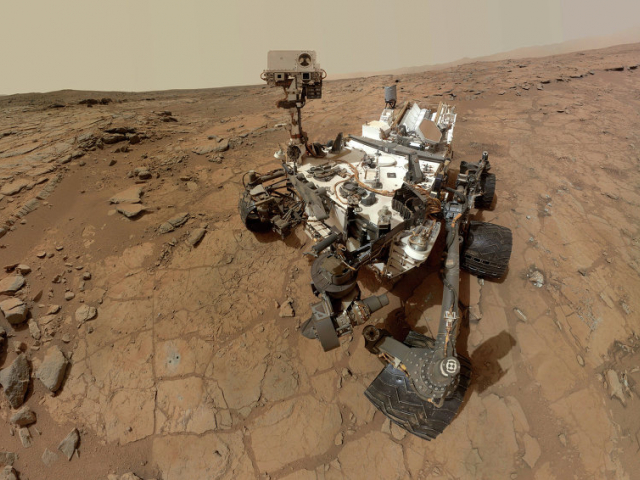
1. The landing of the Curiosity rover on the surface of Mars
The Martian scientific laboratory was called Curiosity not without reason. The specialists who participated in the development, launching and landing of the device on Mars were driving by it.
Several technologies were applied at once during the landing the Curiosity Mars rover: a descent with a parachute and thrust of engines and final landing on the surface with the help of the Sky Crane system. Such a landing was applied for the first time in history.
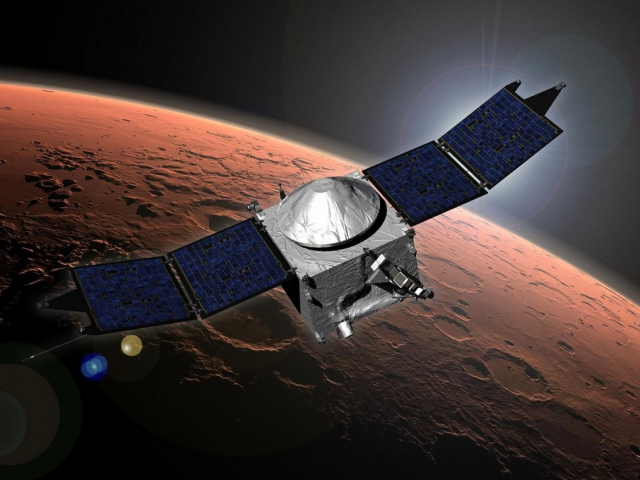
2. ExoMars program
A joint project of the European Space Agency and Roskosmos. The main goal of the study is to find evidence of the existence of biological activity on Mars in the present or in the past.
The second phase of the program, which includes the launch of space vehicles, is scheduled for 2020.
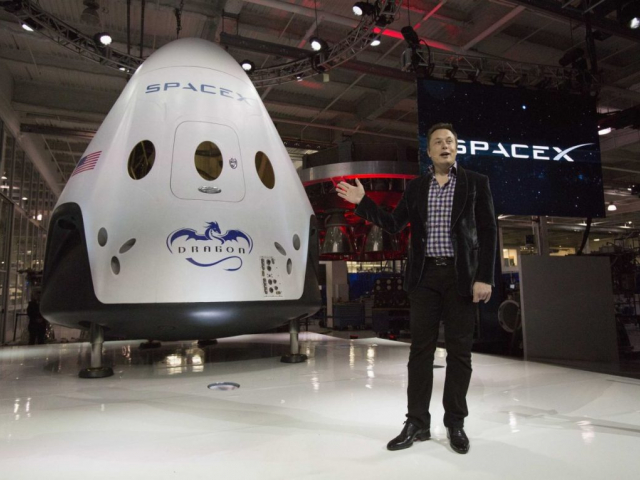
3. SpaceX Dragon
Unmanned transport spacecraft by the SpaceX company. It is designed for delivery and return of goods, in the future, the device will be able to transport up to 7 astronauts.
Unlike other returned ships, the complete set of Dragon (along with the propulsion system, fuel tanks and other equipment of the aggregate compartment) will remain unchanged upon return to Earth. To date, this is a unique development.
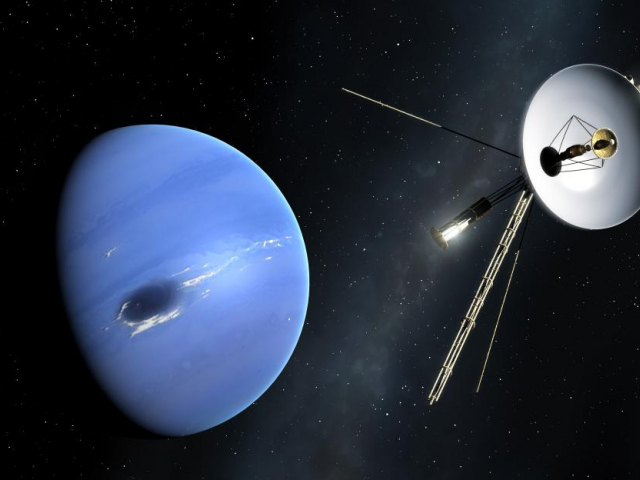
4. Voyager program
It is one of the most outstanding space experiments in the last quarter of the 20th century. In 1977, two spacecraft were launched for the purpose of interplanetary research.
Voyager 2 reached Uranus and Neptune, and Voyager 1 was the first ever device that reached the boundaries of the solar system. With the help of analysis of data transmitted from spacecraft, it was possible to prove that the heliosphere is not an ideal ball.
Both vehicles carry a gold plate with a message to extraterrestrial civilizations on board. The gilded video discs contain the most important scientific data, including the DNA molecule.
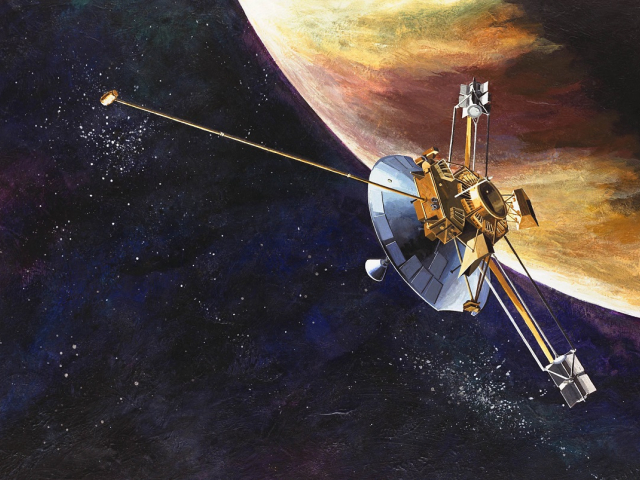
5. Pioneer Program
Attempts to study the interplanetary space were made before the launch of Voyager. Since 1958, a dozen ships have been launched. The greatest success was achieved by two of them: Pioneer-10 (launched in 1972) and Pioneer-11 (launched in 1973). Spacecraft for the first time crossed the asteroid belt and reached two of the outer planets of the Solar System (Jupiter and Saturn).

6. Rosetta spacecraft
The first spacecraft in history that entered the orbit of a comet. Rosetta had to overcome 6 billion kilometers, which took 12 years, to get closer to the comet. The comet 67P/Churyumova-Gerasimenko was chosen as the object of investigation.
In November 2015, Rosetta dropped a small robot called Fila to the surface of the comet to collect material.
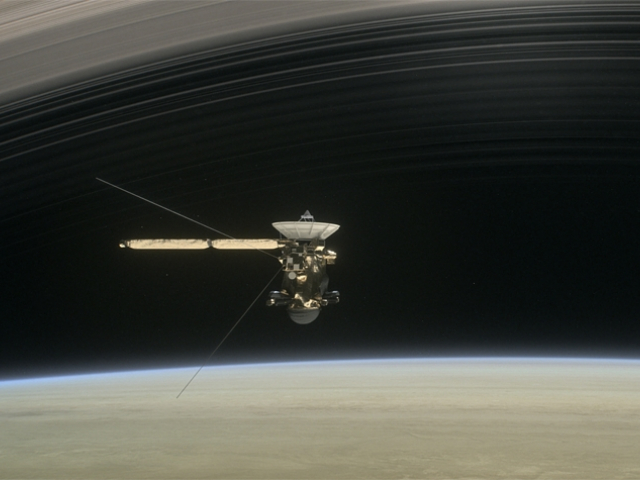
7. Cassini interplanetary station
A space probe launched in 1997 to study Saturn and its rings. Over 20 years of research, Cassini changed the picture of the sixth planet of the solar system.
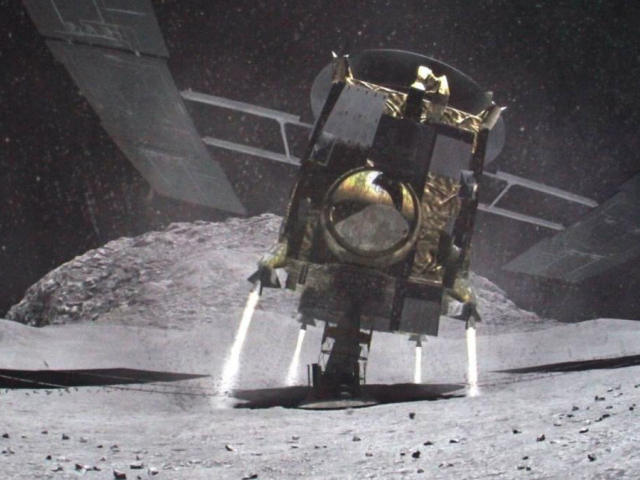
8. Hayabusa spacecraft
Hayabusa was launched in 2003 to study the Itokawa asteroid. The device was the first in history which delivered samples of asteroid soil to Earth.

9. Launch of Kepler
Space Observatory designed specifically to search for exoplanets (planets outside the solar system). Launched in 2009, the Kepler telescope worked for 3.5 years. During this time, scientists were able to detect more than 1,000 planets out of 4,700 candidates.

10. Apollo space program
Piloted space flights, the result of which was the landing of astronauts on the surface of the moon. In total, six successful expeditions were made, which to this day are the only ones when people landed at another astronomical object.
 Deutsch
Deutsch 
 Русский
Русский English
English Bahasa Indonesia
Bahasa Indonesia Bahasa Malay
Bahasa Malay ไทย
ไทย Español
Español Български
Български Français
Français Tiếng Việt
Tiếng Việt 中文
中文 বাংলা
বাংলা हिन्दी
हिन्दी Čeština
Čeština Українська
Українська Română
Română
